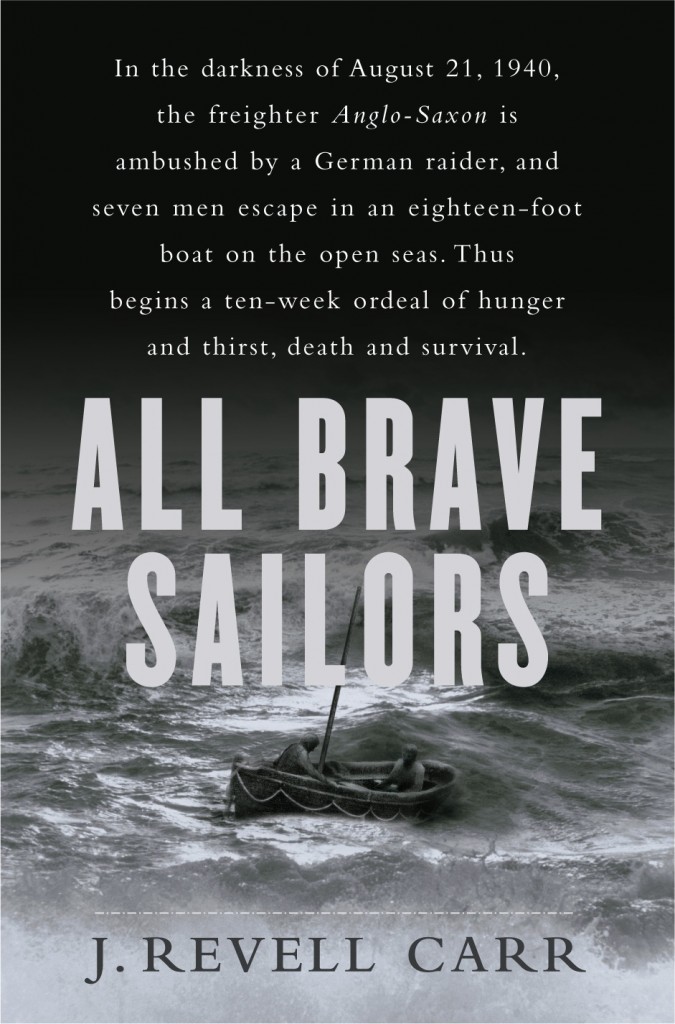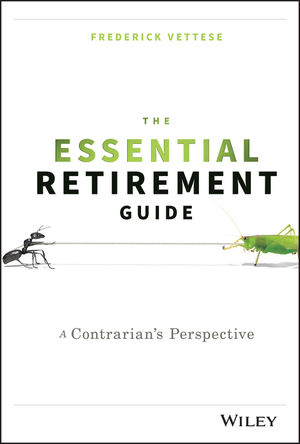Dear Metro:
I've been riding the Blue Line for some 18 years, so I know its moods pretty well. And it's become quite apparent in the last few months that the Blue Line is just not itself.
The Blue Line has reliably delivered me from Wardlow Station to 7th Street/Metro Station -- and back again -- thousands of times. But lately it has developed a bad case of the "waits."
Nearly every day now, riders on the Blue Line experience repeated stops and delays -- maybe two minutes, maybe five minutes, even 10 minutes or more.
To determine just how sick the Blue is, I took its temperature. For 10 days I timed every ride I made on the Blue Line (20 rides in all). This is a ride that should take 42 minutes. That's not my opinion; that's what Metro's own timetable says. And for 18 years, the Blue Line has had little trouble meeting that time.
Today, however, something is clearly wrong. Out of all the rides I timed, the Blue Line was able to complete the Wardlow-Metro Center run (either way) in 42 minutes only 35% of the time.
Here's the complete record:
- Nov. 28, a.m.: 44 minutes, 2 minutes over
- Nov. 28, p.m.: 49 minutes, 7 minutes over
- Nov 29, a.m.: 53 minutes, 11 minutes over
- Nov. 29, p.m.: 53 minutes, 11 minutes over
- Nov. 30, a.m.: 42 minutes, On Time
- Nov. 30, p.m., 48 minutes, 6 minutes over
- Dec 1, a.m.: 48 minutes, 6 minutes over,
- Dec. 1, p.m.: 44 minutes, 2 minutes over
- Dec 2, a.m.: 41 minutes, 1 minute under
- Dec. 2, p.m. 42 minutes, On Time
- Dec 5, a.m.: 49 minutes, 7 minutes over
- Dec. 5, p.m. 42 minutes, On Time
- Dec 6. a.m.: 42 minutes, On Time
- Dec. 6, p.m.: 42 minutes, On Time
- Dec 7, a.m.: 51 minutes, 9 minutes over,
- Dec. 7, a.m.: 46 minutes, 4 minutes over
- Dec. 12, a.m.: 51 minutes, 9 minutes over
- Dec. 12: p.m.: 40 minutes, 2 minutes under
- Dec 13, a.m.: 49 minutes, 7 minutes over
- Dec. 13, p.m. 43 minutes, 1 minute over
(Note: I did not ride the train on Dec. 8 or 9)
Anyone -- or any train line -- can have a bad day, and Blue Line passengers understand that. But what's alarming here is that these delays happen virtually every day. Would you fly an airline that has just a 35% on-time record? Would you buy milk if it was sour 65% of the time?
This is not just a matter of annoyance. This is a breach of contract. Metro is not giving riders what they are paying for. Metro is exposing itself to a class action lawsuit.
The good news is that the record shows that Metro can do this right. In fact, two of the rides in my study came in under 42 minutes.
Is Metro going to fix this? Or will Metro admit that it can't and just change its timetables?
This is not just a matter of annoyance. This is a breach of contract. Metro is not giving riders what they are paying for. Metro is exposing itself to a class action lawsuit.
The good news is that the record shows that Metro can do this right. In fact, two of the rides in my study came in under 42 minutes.
Is Metro going to fix this? Or will Metro admit that it can't and just change its timetables?








